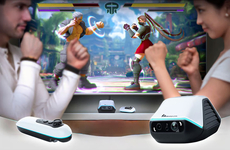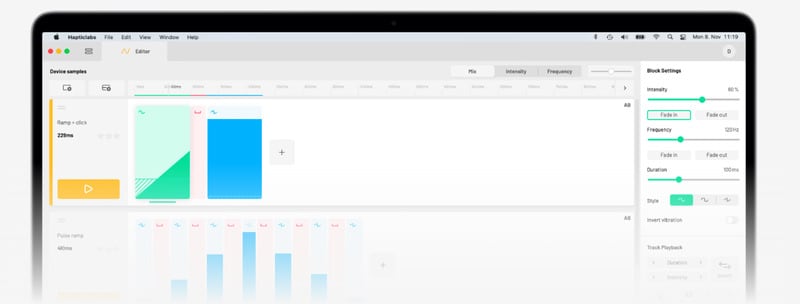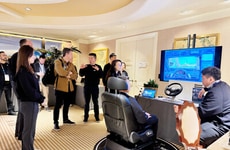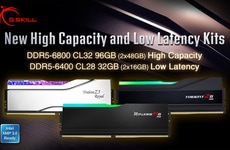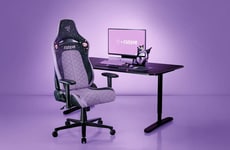
Hapticlabs Lets You Create And Deploy Engaging Haptic Feedback
Ellen Smith — April 17, 2025 — Lifestyle
References: hapticlabs.io
Hapticlabs is a no-code platform for designing and deploying custom haptic feedback experiences. Targeted at developers, designers, and product teams, it allows users to create tactile interactions for applications across mobile, wearable, and other smart devices.
The platform supports rapid prototyping and offers an AI assistant to suggest feedback patterns based on use cases, streamlining the creative process. By enabling fine-tuned control over vibration effects, Hapticlabs enhances user engagement and accessibility—critical considerations for products in competitive markets like gaming, health tech, and wearables. With growing demand for multisensory interaction, this tool supports scalable, device-agnostic development. Hapticlabs also allows for real-time testing and cross-platform deployment, making it a valuable resource for teams aiming to differentiate their apps through touch-based user experiences.
Image Credit: Hapticlabs
The platform supports rapid prototyping and offers an AI assistant to suggest feedback patterns based on use cases, streamlining the creative process. By enabling fine-tuned control over vibration effects, Hapticlabs enhances user engagement and accessibility—critical considerations for products in competitive markets like gaming, health tech, and wearables. With growing demand for multisensory interaction, this tool supports scalable, device-agnostic development. Hapticlabs also allows for real-time testing and cross-platform deployment, making it a valuable resource for teams aiming to differentiate their apps through touch-based user experiences.
Image Credit: Hapticlabs
Trend Themes
1. No-code Development Tools - Empowering developers and designers with tools like Hapticlabs for creating tactile interactions simplifies the development process and democratizes access to haptic feedback technology.
2. AI-assisted Design - Integrating AI to suggest haptic feedback patterns enhances the creative process, offering innovative ways for users to customize and optimize tactile user experiences.
3. Multisensory User Experience - Creating applications that incorporate haptic feedback taps into the growing demand for immersive user interactions, setting new standards in engaging digital experiences.
4. Scalable Cross-platform Solutions - Supporting scalable, device-agnostic development, platforms like Hapticlabs facilitate seamless deployment across a variety of smart devices.
Industry Implications
1. Health Technology - Incorporating custom haptic feedback in health tech devices can improve patient engagement and make digital health solutions more interactive and accessible.
2. Gaming Industry - The gaming sector can leverage detailed haptic interactions to heighten immersion and differentiate their products in a highly competitive market.
3. Smart Wearables - Smart wearable devices stand to benefit from personalized haptic feedback, enhancing the user experience and adding value through customized interactions.
5.6
Score
Popularity
Activity
Freshness




